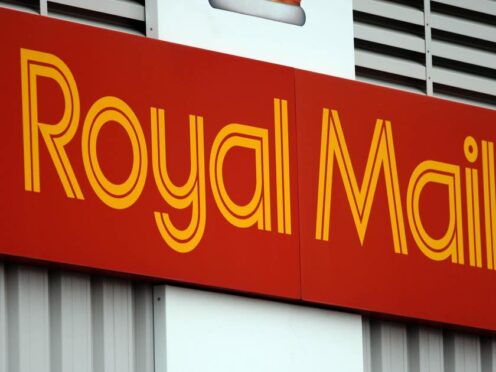Is private healthcare worth it? Andy Eason, Director at Acumen Employee Benefits talks about the cost and the advantages of private healthcare for SMEs.
The provision of private healthcare has been a key benefit, traditionally enjoyed by large corporate employers as a means of enhancing their employment offering to attract and retain employees.
-
Some Press and Journal online content is funded by outside parties. The revenue from this helps to sustain our independent news gathering. You will always know if you are reading paid-for material as it will be clearly labelled as “Partnership” on the site and on social media channels.
This can take two different forms.
“Presented by”
This means the content has been paid for and produced by the named advertiser.
“In partnership with”
This means the content has been paid for and approved by the named advertiser but written and edited by our own commercial content team.
Pre-Covid, this perception was fairly accurate, as the circumstances at that time, meant access to doctors and treatments via the NHS for most people provided sufficient healthcare.
Therefore, with the main benefits of private healthcare being treatment speed, convenience, and offering access to specific medical support falling outside the usual NHS remit, private healthcare was more of a “nice-to-have” rather than must-have cover.
Is private healthcare worth it?
Public healthcare post-Covid has proved that many of us are now experiencing a very different landscape when it comes to health and wellbeing. Despite the valiant efforts of NHS staff, depleted GP resources has led to great difficulty in obtaining diagnoses and, as a result, accessing remedial treatment.
Pre-Covid, the average NHS wait time for consultant-led elective care was 7.5 weeks. To put this in perspective, as of April 2023 and out of the 7.42 million people in the UK who are on a waiting list, 3.09 million have been waiting over 18 weeks, and 371,000 have been sitting on the list for over a year.
Though this data concerns England’s waiting lists, this is a UK-wide problem and waiting lists in Scotland have followed similar upward trends. The situation is worse for rural areas where the recruitment of medical staff is proving to be challenging. So, ironically, private healthcare, once seen as the privilege of large employers is fast becoming a key benefit for smaller companies.
Small businesses and private healthcare
The absence or illness of a colleague in a small workforce can have a far larger impact on the business’s operations compared with employers who have hundreds, or thousands, of employees.
No one intends to be ill or injured, but it is common. Very few small businesses can afford to pay long-term sick pay or hire a suitable interim replacement until the employee’s return.
Therefore, in business terms, there are key benefits to employers in providing private medical insurance such as faster access to healthcare and remedial treatment, which in turn can reduce prolonged absenteeism and minimise the impact on the business’s operations. But it also goes far beyond that.
With many illnesses, seeking medical attention early and producing a plan for treatment while it’s in its infancy can have a significant impact on the eventual prognosis. So, with private healthcare in your employee benefits package, you could end up saving someone’s life, and the demonstrable security that an employer is prepared to invest in their wellbeing can be a powerful draw for any team member.
The cost of private healthcare
How much your business can invest in private healthcare is certainly a key factor and one that needs consideration when deciding whether this is an appropriate benefit for your workforce.
For example:
- Company A with a small specialist team (e.g., small engineering or IT firm)
- Company B with a small permanent core team that employs a more transient workforce when completing specific projects or contracts (e.g., construction, where the numbers required will vary from contract to contract)
Given the cost of private medical care, Company A would probably look to cover their entire team. However, Company B may look to restrict cover to the permanent core team. So, this is not a ‘one-size-fits-all’ solution, and the scheme design should be tailored to meet the needs and the budget of your business.
Should you add private healthcare to your benefits package?
In most small workforces, each employee forms a vital link in the chain that delivers business success. So, the question should not be, “is private healthcare viable?” It should instead be, “is it viable NOT to protect my business with private healthcare?”
Any analysis of SMEs is likely to reveal that very few of them can afford the risk of losing the services of key staff for a sustained period by not taking the option of private healthcare to underpin the business. And so, the important factor becomes identifying the correct scheme, designed for the business’s needs and budget.
This is very much a specialist sector, as all private healthcare providers offer variations in cover. With expert advice, you can select the most appropriate healthcare supplier for your small company, take cost-reducing measures to ensure its viability, and ensure key protections are in place for your business and your valued team.











